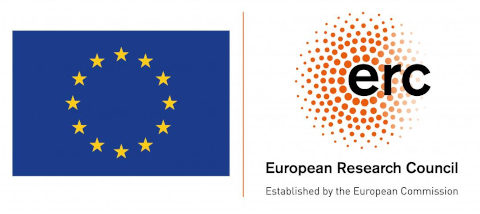Projects
stelaCSF: A unified model of contrast sensitivity as the function of Spatio-Temporal frequency, Eccentricity, Luminance and Area
Rafał K. Mantiuk(1), Maliha Ashraf(2), and Alexandre Chapiro(3)
(1)University of Cambridge, (2)University of Liverpool, (3)Reality Labs
Presented at SIGGRAPH 2022, Technical Papers

Here, we visualize 3D slices of our novel 5-dimensional contrast sensitivity function, showing interactions between spatial frequency and four other factors (from left to right): temporal frequency, luminance, eccentricity and size.
Abstract
A contrast sensitivity function, or CSF, is a cornerstone of many visual models. It explains whether a contrast pattern is visible to the human eye. The existing CSFs typically account for a subset of relevant dimensions describing a stimulus, limiting the use of such functions to either static or foveal content but not both. In this paper, we propose a unified CSF, stelaCSF, which accounts for all major dimensions of the stimulus: spatial and temporal frequency, eccentricity, luminance, and area. To model the 5- dimensional space of contrast sensitivity, we combined data from 11 papers, each of which studied a subset of this space. While previously proposed CSFs were fitted to a single dataset, stelaCSF can predict the data from all these studies using the same set of parameters. The predictions are accurate in the entire domain, including low frequencies. In addition, stelaCSF relies on psychophysical models and experimental evidence to explain the major interactions between the 5 dimensions of the CSF. We demonstrate the utility of our new CSF in a flicker detection metric and in foveated rendering..
SIGGRAPH Talk
Materials
- Paper:
stelaCSF - A Unified Model of Contrast Sensitivity as the Function of Spatio-Temporal Frequency, Eccentricity, Luminance and Area
Rafał K. Mantiuk, Maliha Ashraf and Alexandre Chapiro
In: ACM Transactions on Graphics (Proc. of SIGGRAPH 2022), 41(4), article no. 145, 2022
[doi] [paper PDF] - Code and data[Github]
- Detailed information on each dataset used for contrast sensitivity modeling
- Detailed results:
Acknowledgement
This project has received funding from the European Research Council (ERC) under the European Union’s Horizon 2020 research and innovation programme (grant agreement No 725253 - EyeCode).

